When choosing an everyday carry (EDC) blade, many people find themselves debating between two popular options: the knife and the dagger. While they might seem similar at first glance, these tools are designed for different purposes, and each has its own advantages depending on what you’re looking for. In this article, we’ll break down the key differences between knives and daggers, and help you decide which one is the better choice for your EDC needs.
What’s the Difference Between a Knife and a Dagger?
At the most basic level, the primary difference between a knife and a dagger lies in the blade’s design and intended use.
-
Knife: A knife typically has a single sharp edge, with a blade shape designed for cutting, slicing, and general utility tasks. Knives are versatile tools used in everything from food preparation to outdoor survival and self-defense. They often feature a stronger tip for piercing and a wider blade for durability.
-
Dagger: A dagger, on the other hand, is a specialized weapon with a double-edged blade designed for thrusting and stabbing. Historically, daggers have been used in combat and close-quarter fighting. The symmetrical blade on a dagger allows it to pierce targets with precision from either side, making it a more offensive tool than a utility one.
The Advantages of Carrying a Knife
Knives are the go-to choice for most people when it comes to everyday carry. Here’s why:
-
Versatility: Whether you’re opening packages, cutting rope, preparing food, or working on a project, a knife can handle a wide range of tasks. The single-edged blade offers excellent control for slicing and precision work.
-
Utility: Many EDC knives feature additional tools or designs that make them even more useful, such as serrated edges, bottle openers, or even multi-tool functionality. Folding knives, in particular, are compact and easy to carry.
-
Safety: Most knives, especially those designed for everyday use, have built-in safety features such as folding mechanisms or locking blades. This minimizes the risk of accidental injury when the blade is not in use.
-
Comfort and Design Options: EDC knives come in a wide variety of shapes, sizes, and materials, allowing you to choose a design that suits your preferences. They are also typically more compact and less conspicuous compared to daggers, which can be a key factor when carrying a tool daily.
The Advantages of Carrying a Dagger
Daggers, while less commonly used for everyday tasks, have their own set of advantages, particularly in self-defense situations:
-
Dual-Edged for Combat: The double-edged design of a dagger makes it an ideal weapon for thrusting and stabbing in self-defense situations. Both edges can be used to inflict damage, allowing the wielder to strike with greater speed and efficiency.
-
Historical Appeal and Aesthetics: Daggers often have a certain mystique and historical appeal. For collectors and enthusiasts, daggers hold a special place due to their ancient lineage and their use in military and ceremonial contexts.
-
Dedicated Defense Tool: While not as versatile as knives for daily tasks, daggers are more effective as a dedicated self-defense tool. If your primary concern is personal protection, a dagger’s piercing power can be a deciding factor.
Knife vs Dagger: Which Is Better for EDC?
Ultimately, the better choice depends on your specific needs and preferences. Here’s a quick breakdown to help you decide:
-
Choose a Knife for Versatility: If your EDC blade will be used for a variety of tasks beyond self-defense, a knife is the more practical option. It can handle everyday cutting, slicing, and precision work, and it’s generally more compact and discreet.
-
Choose a Dagger for Self-Defense: If your primary focus is personal protection, a dagger may be the better choice. Its double-edged design is optimized for thrusting and combat scenarios, making it a powerful tool in the right hands. However, keep in mind that a dagger is less versatile for daily utility.
Conclusion
In the debate of knife vs dagger for everyday carry, it’s important to consider what you’ll be using the blade for on a regular basis. For most people, the knife is the superior choice due to its versatility and ease of use. However, if you’re primarily focused on self-defense and prefer the piercing capability of a double-edged blade, a dagger might be more up your alley.
Whichever option you choose, make sure it suits your lifestyle and local carry laws. Both knives and daggers have their unique strengths, and with the right one by your side, you’ll be prepared for whatever life throws your way.






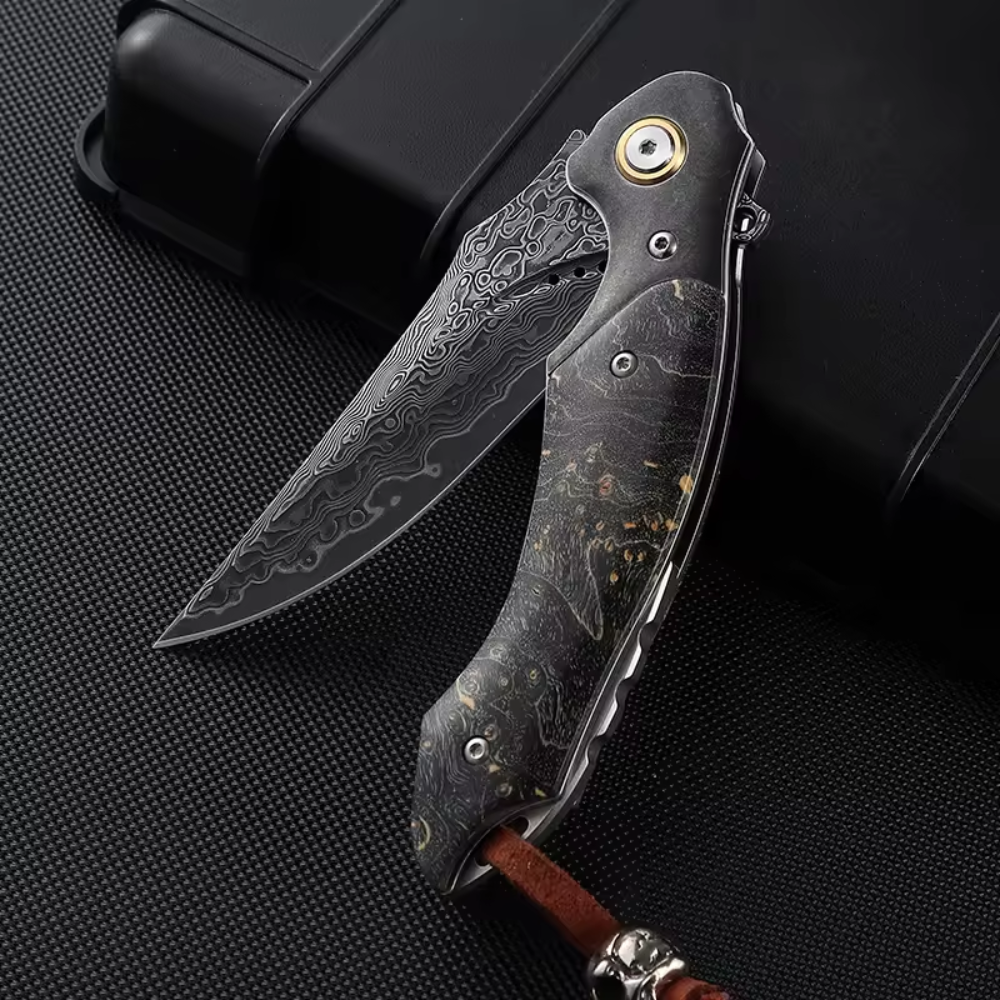

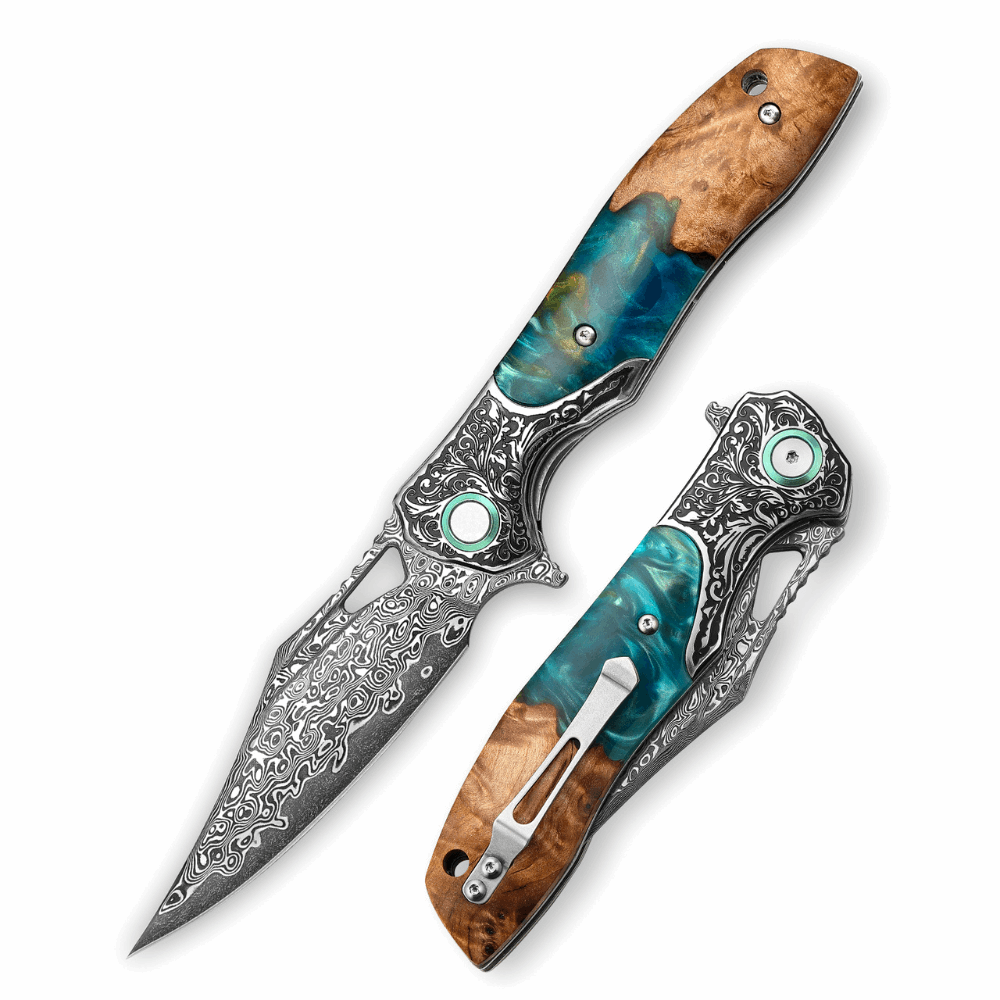
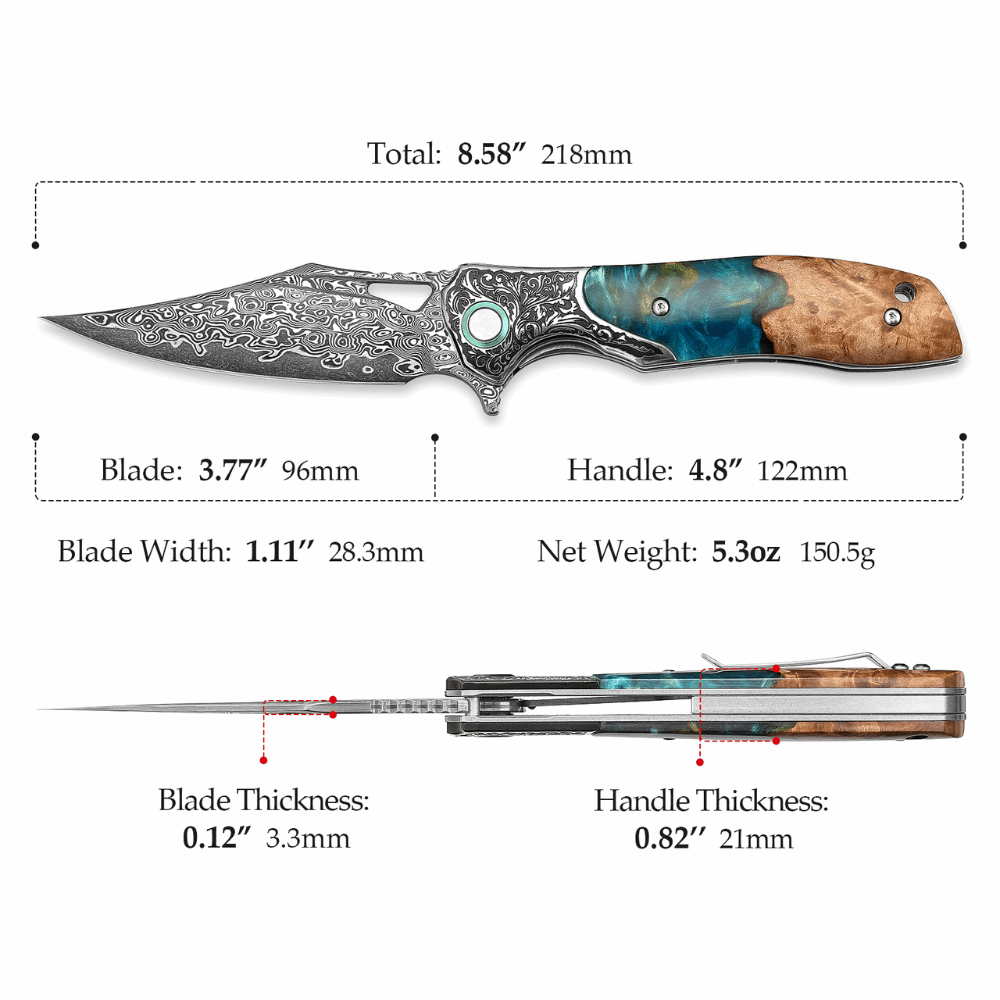





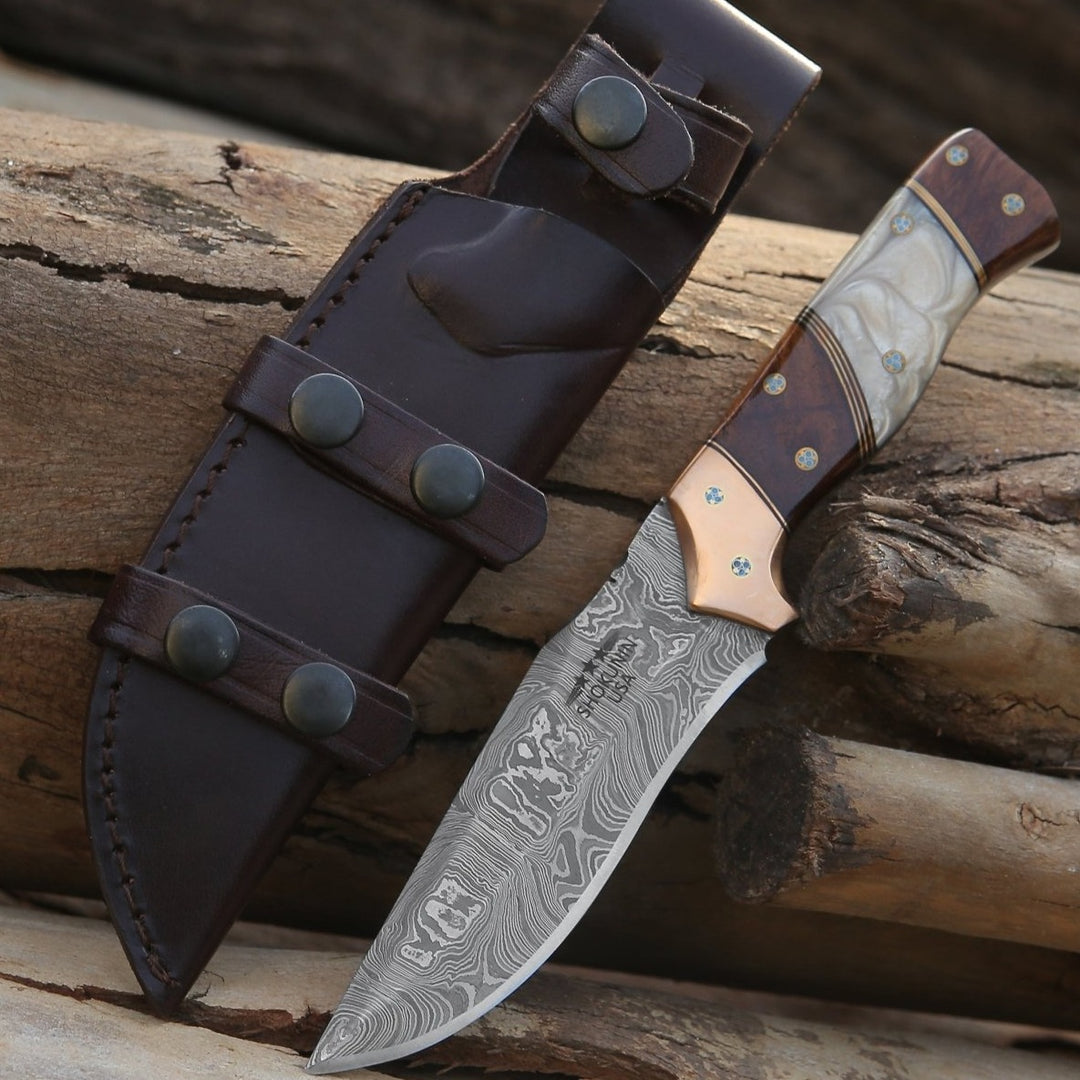
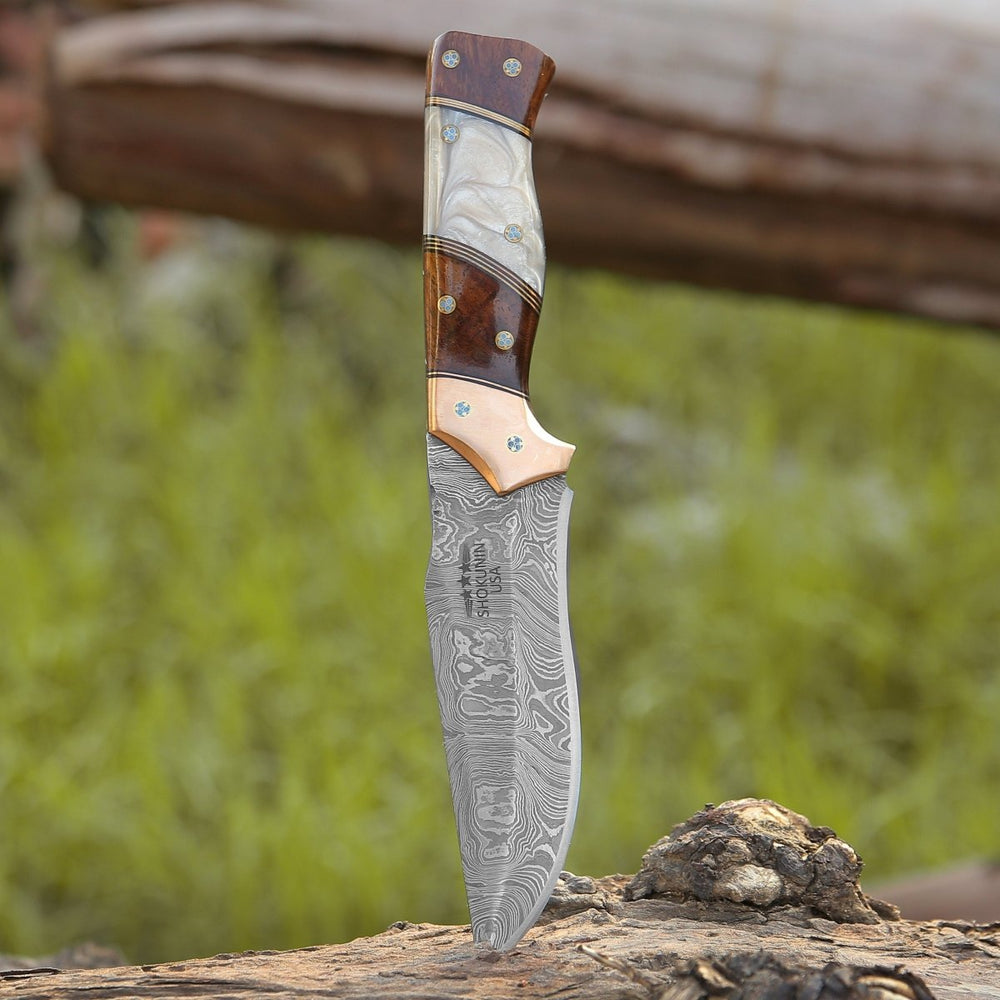

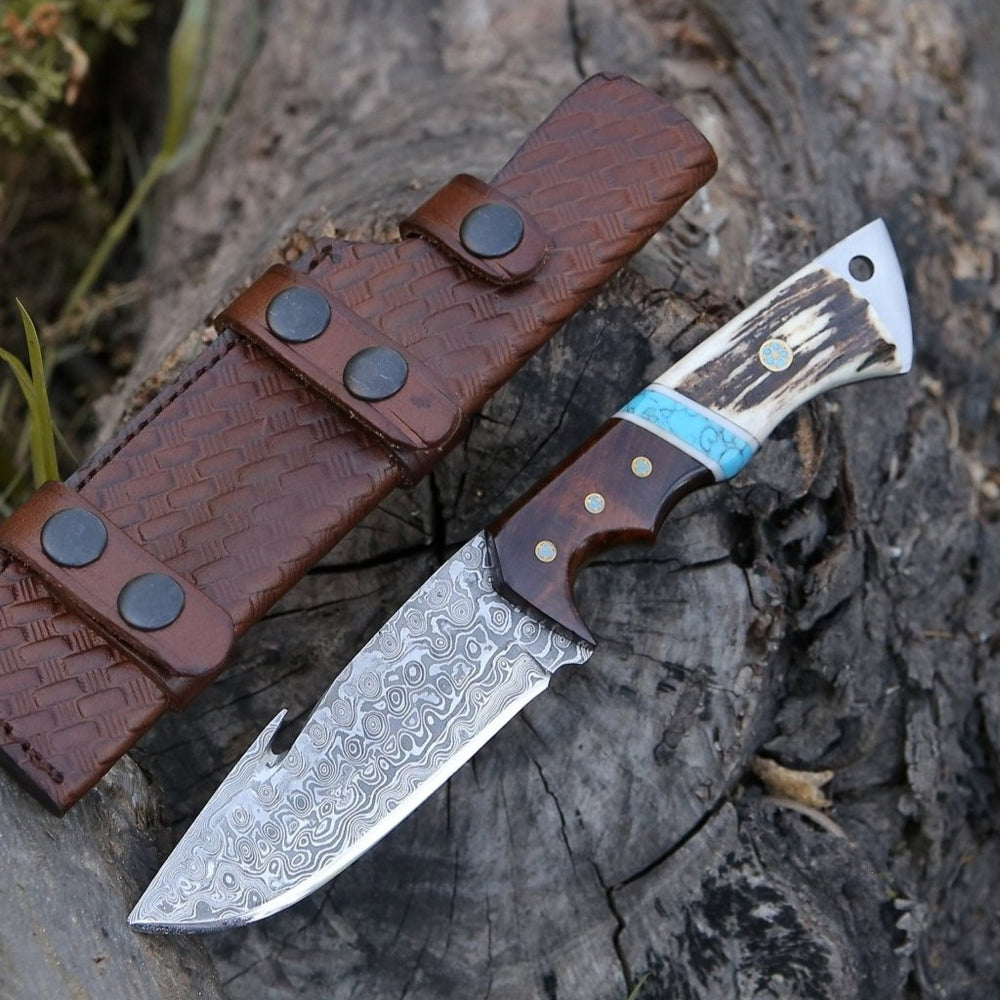

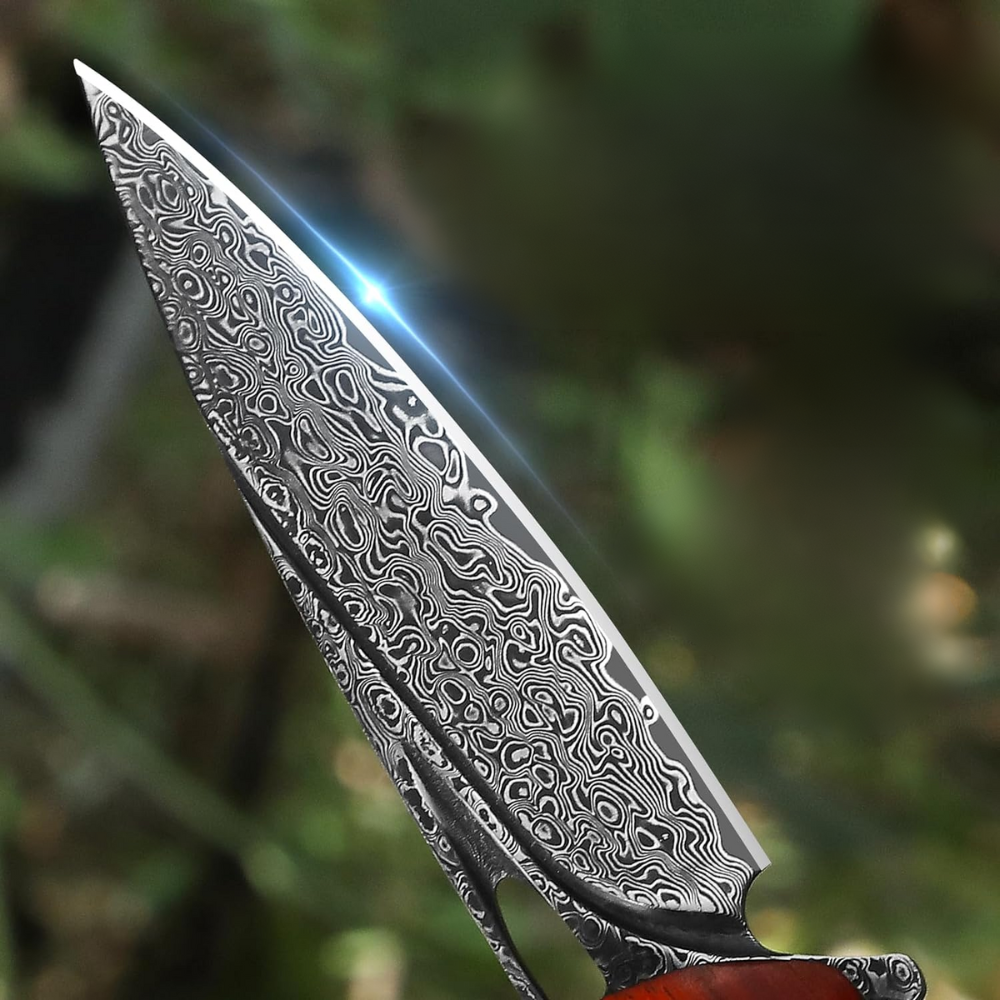



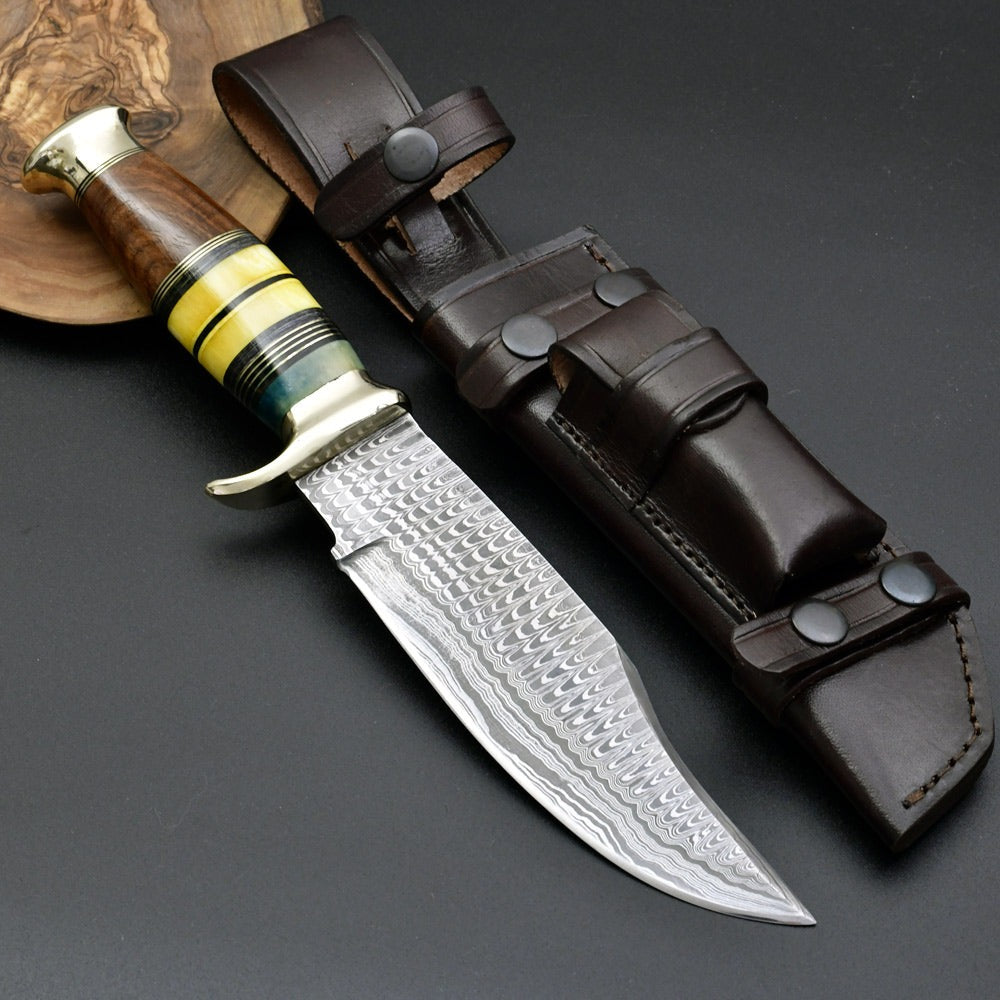



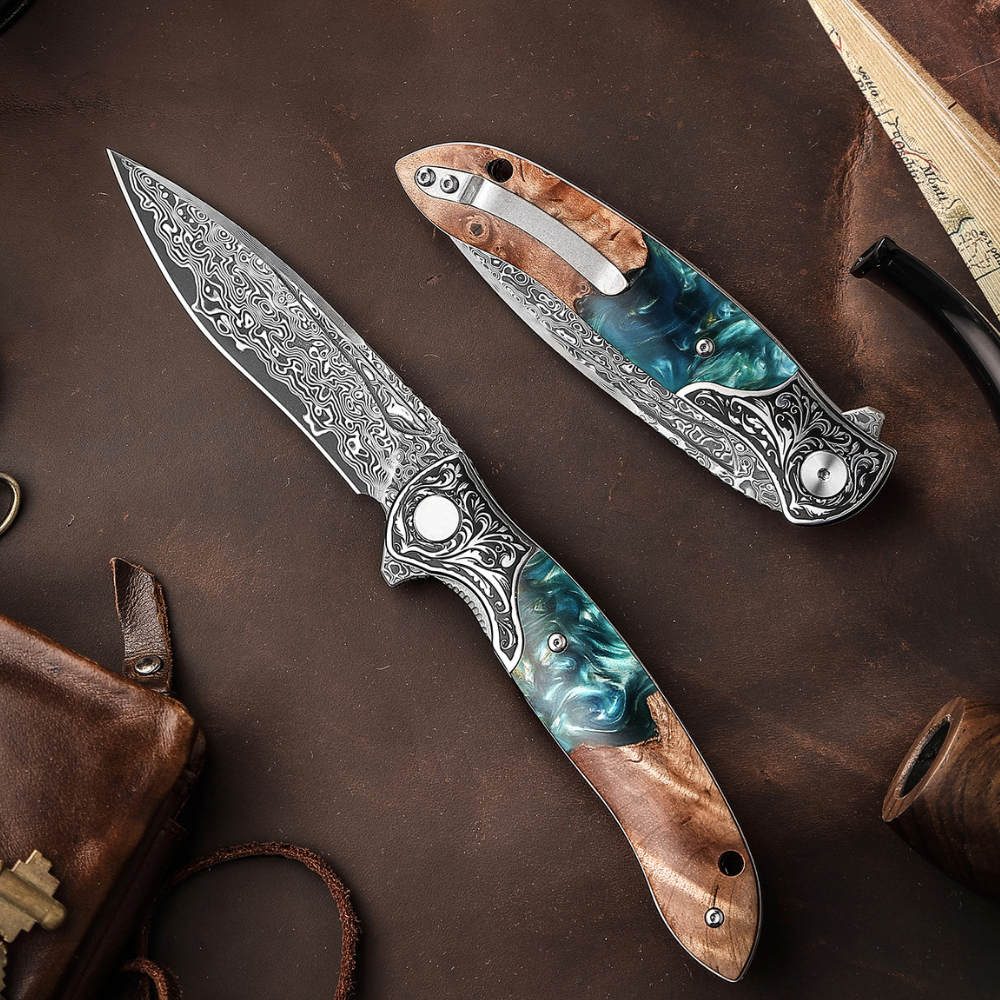
Dejar un comentario